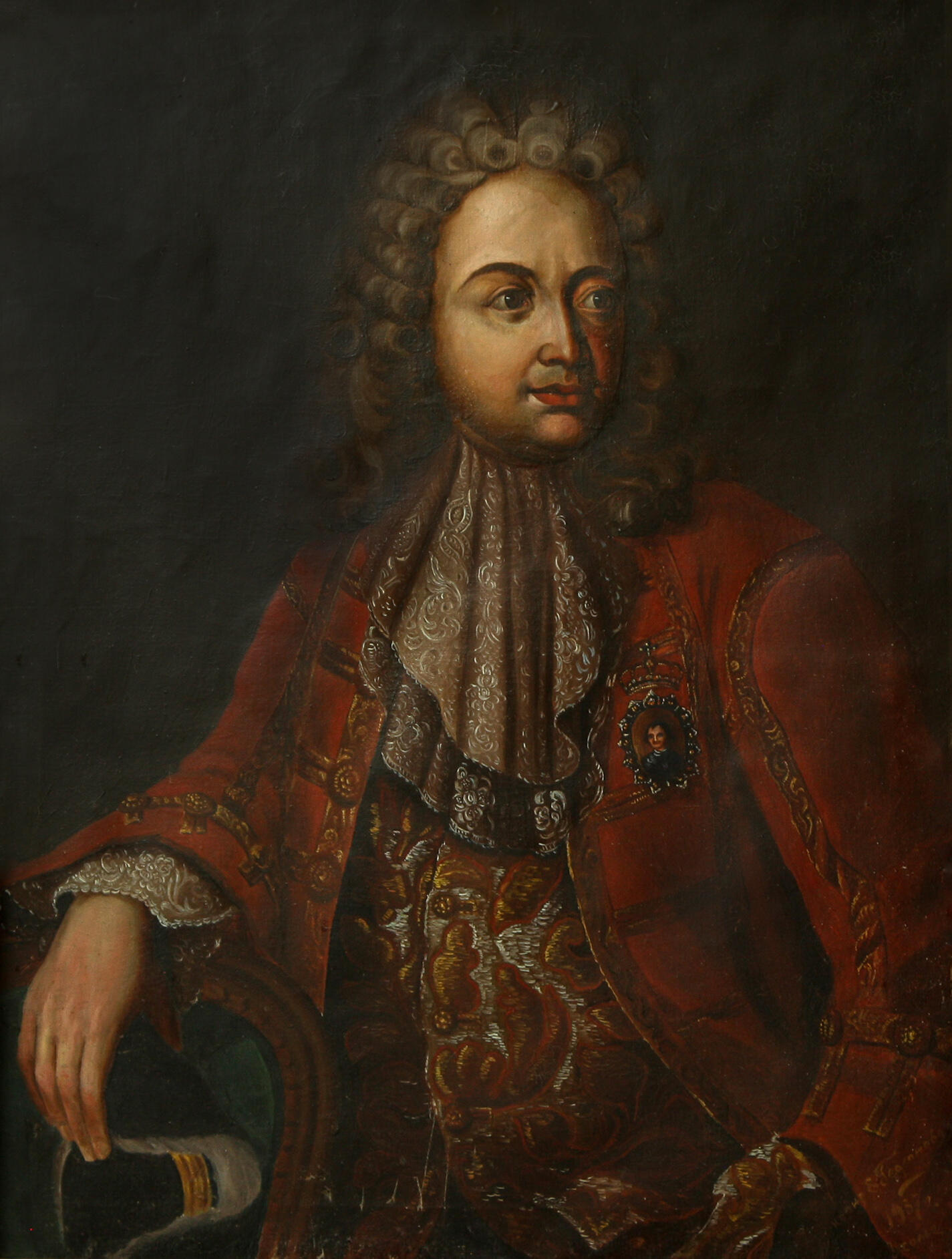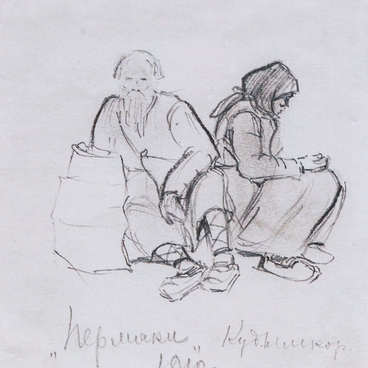Grigory Dmitrievich Stroganov was a Russian industrialist, landowner, patron of the church, antiquarian, and confidant of Emperor Peter the Great. He owned millions of acres of land, which included villages in the Urals. He had over 45,000 male serfs. Grigory Stroganov provided up to 60% of the state supply of salt — one of the most valuable products in the 18th century.
Grigory Stroganov supported Peter I financially before his coronation and during the Northern War, provided him with two frigates for the Turkish campaign and paid salaries to merchants. All his life he enjoyed the tsar’s favor, was in correspondence with him, and gave advice on governing the country. Peter I was godfather of Stroganov’s son Nicholas, who later became his privy councilor. Four years before his death Grigory Stroganov, according to historical sources, abused the trust of the emperor, neglected his laws and fell into disgrace.
Grigory Stroganov was married twice. His first wife was the daughter of the governor of Turinsk, Princess Vasilisa (Vassa) Meshcherskaya. A year after her death Stroganov married Maria Novosiltseva, the sister of the Solikamsk governor. They had five children in that marriage, two of whom died in infancy.
The portrait of the “nobleman” Grigory Stroganov is a copy by an unknown serf artist of the work by the painter Roman Nikitin. The painting came to the Komi-Permyak Local History Museum in 1929. The original is housed in the Odessa Art Museum, and the author’s copy is in the Tambov Picture Gallery. Roman Nikitin was one of the first Russian painters, trained in Europe, namely by the French master Nicolas de Largillière. Western trends greatly influenced the evolution of the secular portrait in Russian painting of Peter the Great’s time. There was increasingly less of the parsuna genre and the icon painting tradition.
Roman Nikitin received a allowance from Peter the Great, he was engaged in decoration works for the Gate of Triumph in Moscow, but he was arrested for a libel against the archbishop. The artist spent five years in the Peter and Paul Fortress prison, was beaten with a whip and exiled to Tobolsk. He returned to his post as the court painter only after Elizaveta Petrovna had ascended the throne.
Grigory Stroganov supported Peter I financially before his coronation and during the Northern War, provided him with two frigates for the Turkish campaign and paid salaries to merchants. All his life he enjoyed the tsar’s favor, was in correspondence with him, and gave advice on governing the country. Peter I was godfather of Stroganov’s son Nicholas, who later became his privy councilor. Four years before his death Grigory Stroganov, according to historical sources, abused the trust of the emperor, neglected his laws and fell into disgrace.
Grigory Stroganov was married twice. His first wife was the daughter of the governor of Turinsk, Princess Vasilisa (Vassa) Meshcherskaya. A year after her death Stroganov married Maria Novosiltseva, the sister of the Solikamsk governor. They had five children in that marriage, two of whom died in infancy.
The portrait of the “nobleman” Grigory Stroganov is a copy by an unknown serf artist of the work by the painter Roman Nikitin. The painting came to the Komi-Permyak Local History Museum in 1929. The original is housed in the Odessa Art Museum, and the author’s copy is in the Tambov Picture Gallery. Roman Nikitin was one of the first Russian painters, trained in Europe, namely by the French master Nicolas de Largillière. Western trends greatly influenced the evolution of the secular portrait in Russian painting of Peter the Great’s time. There was increasingly less of the parsuna genre and the icon painting tradition.
Roman Nikitin received a allowance from Peter the Great, he was engaged in decoration works for the Gate of Triumph in Moscow, but he was arrested for a libel against the archbishop. The artist spent five years in the Peter and Paul Fortress prison, was beaten with a whip and exiled to Tobolsk. He returned to his post as the court painter only after Elizaveta Petrovna had ascended the throne.


